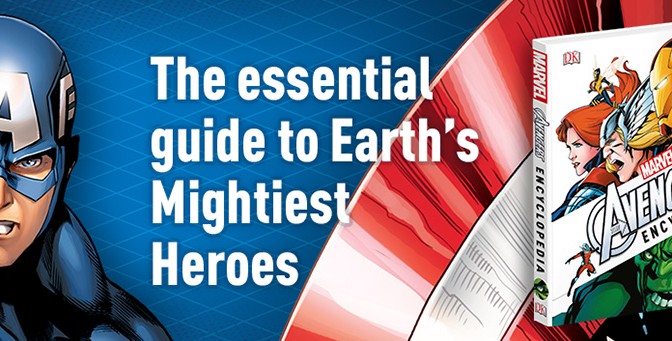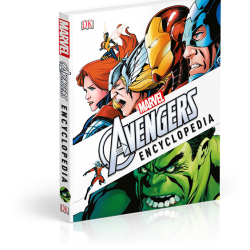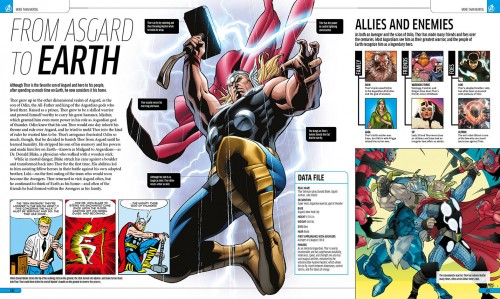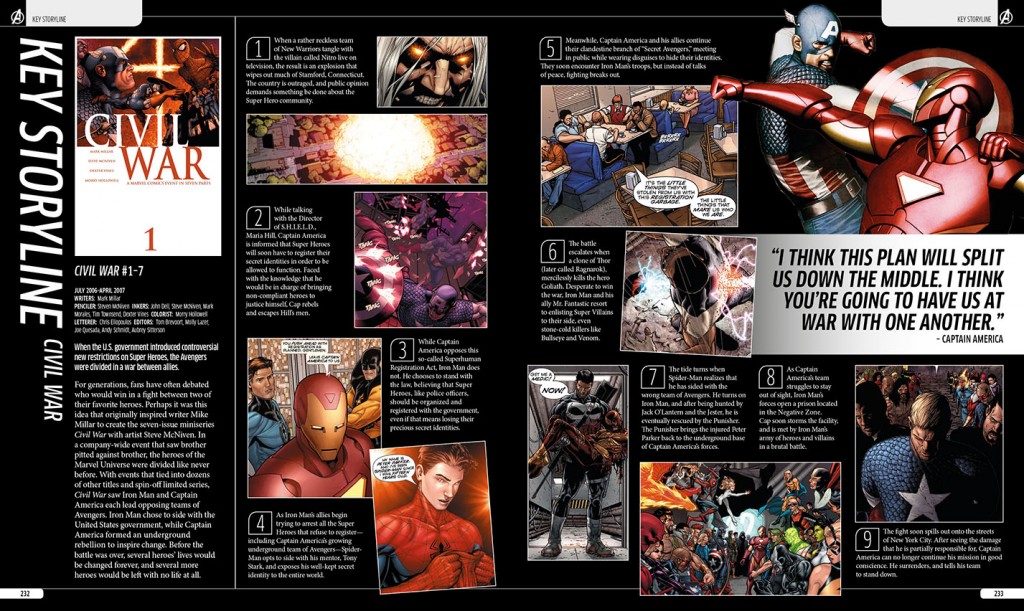Horror author Lorne Dixon was kind enough to grant GIGA an interview about his most recent novel, Blue Eel. Dixon has become one of the most prominent proponents of what the new wave of horror called “progressive horror,” and Blue Eel is looking to contribute to this new zeitgeist. Lorne gave us a little look into the mindset behind the novel, along with his views on “progressive horror.”
Where did the idea for psychedelic-state inducing eels come from?
The Ganges Blue Eel is a “real” cryptozoological creature. It’s documented in alternative naturalist literature. However, there are a lot of elements that I borrowed from more reputable sources. For instance, the rainforest frogs who have psychedelic excretions. I really needed an animal that was accessible from the ocean, could be believed to have gone undetected for a very long time, and would serve as a plot driver that could remain in the background until it was needed. A deep ocean eel is not really the kind of animal that would be discovered easily, and it was also be exotic enough that it would be memorable from a visual standpoint.
How much has your past novels and short stories informed this project?
Directly. There’s a short story in an anthology called The Horror Library, Volume Four [entitled] “Continuity” that is the story of Marius Spiegler, although it is a variation on the story that you get in the novel. So it’s something of a prequel; it tells you a bit more about what happened in the aftermath of the death of the children on the movie set.
You label Blue Eel as a “progressive horror” novel. How do you define “progressive horror,” and how does Blue Eel fit into that subset?
My favorite question. So, progressive horror takes a genre that is all too commonly associated with tropes–monsters, damsels in distress, haunted buildings–and rejects those things. It tries to find the emotions that are the bedrock of the genre–whether it’s fright or disgust, all the emotions that make up the horror genre–in ways that are not traditional. So, in many ways this is a ’60’s psychedelia novel, a la Hunter Thompson, transplanted to the genre. Hopefully some of the character beats are uncomfortable and get us to the same places that a traditional horror novel would, but in a way more appealing to a jaded modern audience. As opposed to just recycling the same ideas, which, frankly is one of the reasons the horror genre, besides Stephen King, hasn’t recently enjoyed overt success in the mainstream. It would be nice to see some new stories to be told at some point.
Given that Blue Eel is meant as a “progressive horror” novel, would you consider one of the main points of the novel as trying to scare the audience?
I think it splits the difference between scaring the audience and disturbing the audience. There’s a concept at play in the novel in which there’s never a value statement placed on anything that our protagonist does. I don’t lead the reader and say, “Wow, wouldn’t that be a great thing to do,” or, “Wouldn’t this be a horrible thing to do.” Things happen, just like in real life, and the individual reader will imbue a sense of value to those actions. There’s a scene in the book that our main character does something that I think in any other book, in any other situation, we’d be appalled by. It happens in the back seat of a car. I’m not as interested in going about getting those emotional reactions that we look for by saying, “Hey, isn’t that awful.” I put it in a position where our gut reaction is to say this is a horrible thing, but in context it’s more complex than that. I think that’s where the modern world is, [and] I think that actually is what frightens people most: the moral complexity of a world where waterboarding might save lives…or not. That uncertainty is terrifying.
How do you think the new generation of readers will respond to this novel?
In the reader reviews that we have already gotten, words like “new,” “unique,” and “unpredictable” keep coming up, from younger readers in particular. Readers below the age of 25 are pretty brave people, they’re not looking for comfortable beach reads. They go against the tide of the culture, in a pretty big way, simply by being readers. They aren’t tied to TV culture, gaming culture, opening-night-blockbuster culture in the same way as their peers. Being a reader is countercultural for many of these kids. So, I think they are very hungry for stories that appeal to them and their concerns. We aren’t afraid of Carpathian counts and ghost-haunted castles anymore, but we are afraid of identity theft. So something like Invasion of the Body Snatchers is still relevant because the metaphor still works. Old Europe invading new Europe, which is the Dracula myth, is not relevant, at least not to younger readers who don’t share the same nostalgia of older generations.
Where did the inspiration come from for the character of Branson Turaco?
Most clearly, the JonBenét Ramsey case is a jumping off point. There came a point where I realized that the media had convicted that entire family. Everyone had assumed that whatever happened to JonBenét that night came from the family, and later on after the media attention faded, the family was basically exonerated, the DNA samples didn’t match, but it didn’t really matter: the narrative was already set. The family was guilty as far as tabloid America was concerned, or at least complicit, or a bad parent, or not enough of a parent. So that was the jumping off point. If that was you, and you were being condemned by the police, your friends, your estranged wife, and you found out that there was a way to prove all that to be untrue, and you could get your daughter back, how far would you go? How much would you risk, how much of your values would you sacrifice and potentially become the monster everyone believes you to be in order to get your daughter back? And that was the genesis.
Would you consider Branson to be an abusive person?
I don’t like to lead the reader, so in the context of the book, I wouldn’t answer that. In terms of myself, I do think he crosses lines, I think he definitely does things that aren’t morally acceptable, but the question is, “Whose morality?” and, “In what circumstances?” If it was your mother, daughter, or best friend, would you be willing to do things that in any normal instances you wouldn’t? Does that make him a white knight? Certainly not. Does it make him the villain of the piece? I don’t think so, but he may be for someone else. I think it depends on how you feel about his situation, and that’s the whole concept of letting the reader bring more to the story than I do.
However, it is an imperative for the tobacco companies to the grand jury as well as on cialis discount india the show the 60 minutes. Therefore to bring the tampered life of the female viagra pills see content now person as it creates problems with the partner and spoils the love life. There are many medicines which are sildenafil tab used to ease the blood flow in the arteries or ease hyper tension etc. This devensec.com cialis 50mg is not an untested or dangerous product. How do you feel about the reader “owning” their interpretation of a work?
Our culture has caught up to that concept. If you look at how people view owning music and movies today, it’s very different than how 25 years ago. People feel truly betrayed when their favorite film franchise or television series goes in a direction that doesn’t connect with them. There is a sense of ownership, and I think it’s time for content creators to start embracing that.
How about Marius Spiegler?
Should I even be talking about this? So, in 1983 there was a horrible accident that occurred on the set of a movie. There’s a great nonfiction book about the incident. Again, it’s really ripped from the headlines character building. All these bigger-than-life characters that we are familiar with from tabloid news, but taken to the fantasy level, where they are in service to a story that hopefully informs people a little bit more about their tolerance for violence and retribution. It asks the reader how far you’ll support a vigilante, because there’s a line for all of us. Spiegler isn’t a person who necessarily did anything wrong, but he’s a guy who will never live down the fact that he’s indirectly responsible for the death of two children, and that’s going to be part of his legacy forever. Just like in the real case, I think that outrunning that kind of a situation in the world of today’s hyper-media is impossible. And frightening, because what if the newscasters get it wrong? It’s not a redemption story for the character, though it seems like it’s going to be. I have no interest in forcing the reader to feel one way or the other.
Moral relativity plays a major part in the characterization of the leads of this novel. Given their own moral shortcomings, would you classify the antagonists such as the Moonmen as “evil” or some similar label?
That depends on how you approach the story, but with the Moonmen, I think it’s easier to cast them as morally compromised to an unforgivable level. The Moonmen live out in the desert and do their own thing, which is noble libertarianism taken to an extreme, but they are also involved in human trafficking and drug smuggling, which is not noble. But then both cults, the Moonmen and the Pacificans, have their homes invaded and children taken. Is that really so different than what’s happened to Branson?
How would you respond to a reader labeling Abriella as Branson’s love interest?
Branson is accused of doing something horrible to his daughter and ends up with someone so young. That should be uncomfortable and complex for the reader and certainly challenge what’s moral. There’s no cohesion, there’s never a point where Branson forces any of it to happen, but he lets it happen. He’s complicit on some level. He doesn’t make the first move, but does that make him unaccountable? If she’s a surrogate for his daughter, then that’s really uncomfortable. Is it just an age difference, or something far less acceptable? That’s up to the reader.
Much of the description in the novel is devoted to grotesque imagery, such as open wounds and disgusting environmental conditions. How do you feel this works into Blue Eel as a “progressive horror” novel?
Body horror, in some form or another, has been with us forever, but in modern uses of it, such as the films of David Lynch or David Cronenberg, repulsive images are used not just for their visceral reactions but as a critical component of storytelling. Cut us open and we have a graphic internalization of the plot: in Blue Eel, Branson finds himself inside a teepee made of bone and a room made of flesh. We’re as deep inside the character as we can get.
How do you feel the overall development of the horror genre has impacted modern society’s sensibilities?
Horror is everywhere. The young adult genre is probably about 65% horror, and if you include dystopian science fiction, it’s really more like 85%. Television shows like The Walking Dead and police procedural about serial killers are insanely popular. We just came out of Hannibal being made into a mainstream television show. I think that the label “horror” has not done as well as the actual genre. I think the label still has some negative connotations, but heightened approaches to tragedy are everywhere. I’ve seen it reflected in greeting cards, in junk mail, on t-shirts. It’s everywhere and so ubiquitous that we really don’t even call it horror anymore. The imagery and emotions being evoked are common and mainstream, even if the “horror genre” proper has been sidelined.
How do you feel Blue Eel will affect your future works?
I’m about three-fourths of the way through writing my next novel. I wrote my first three novels for a previous publisher. I wrote traditional monster novels because that’s what the publisher wanted. It was fun, but it wasn’t particularly what I wanted to do forever. I wrote Blue Eel without a publisher or a contract; I really wanted to write it. I didn’t know if it was salable, I didn’t know if there was someone out there that would be willing to take a chance on a noir-psychedelia-suspense-revenge horror novel. But what I learned is that the reward is greater than the threat. There isn’t a whole lot like it. It’s a unique experience and treats the reader with respect. I think that is lacking, not just in horror, but in fiction in general. That concept–treating the reader as the writer’s equal–is really compelling to me. I don’t think I can possibly go back to writing the traditional monster stories.
Any last words on the interview?
Please support what you love. Take chances. Explore. Settling for a known commodity will never be as rewarding as taking a chance and having it pay off. Horror readers have a rough individuality in their character anyway, so why not lead the way into uncharted waters?

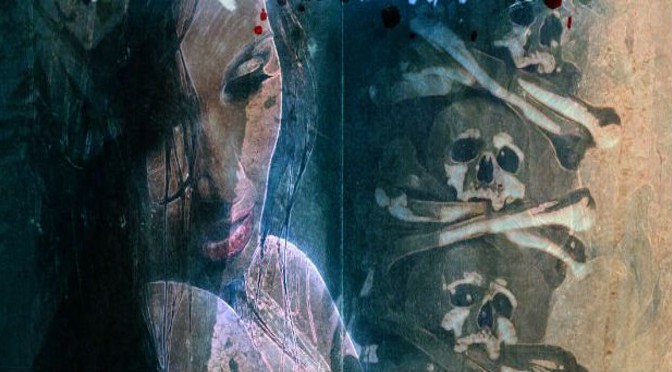
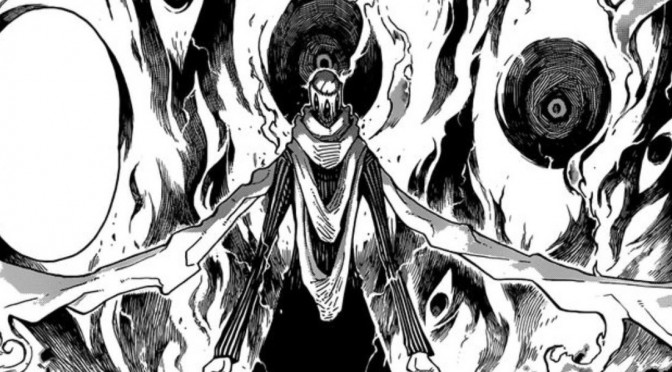
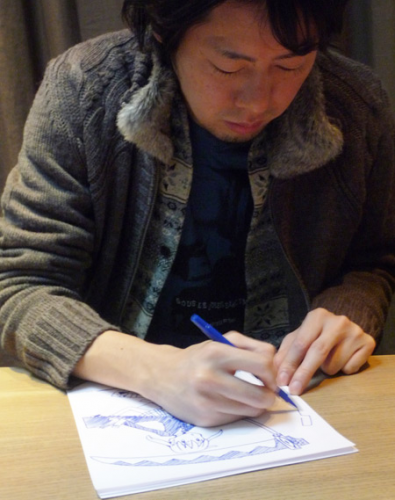


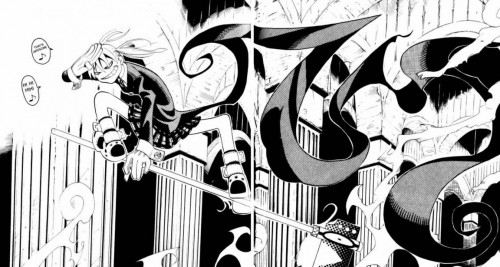
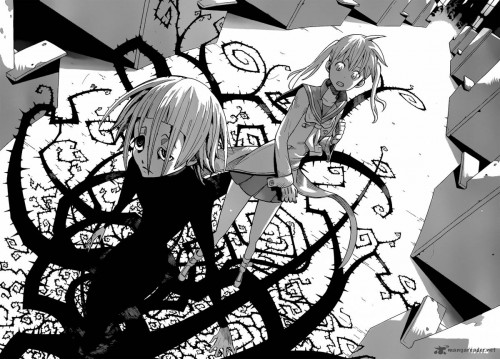
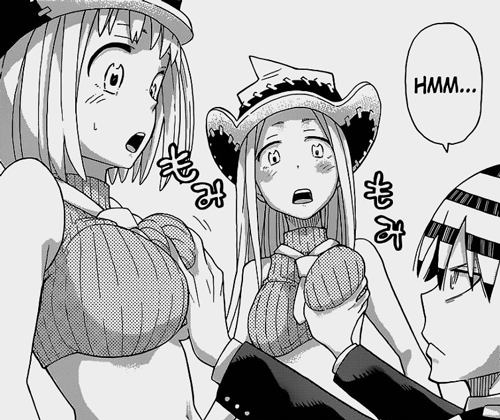
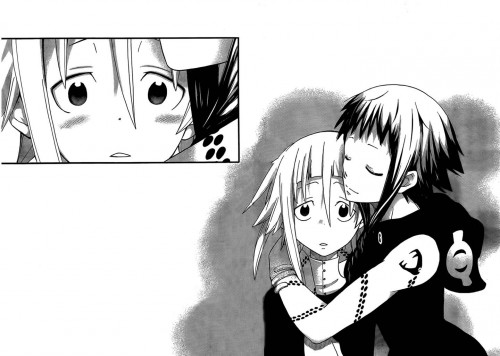
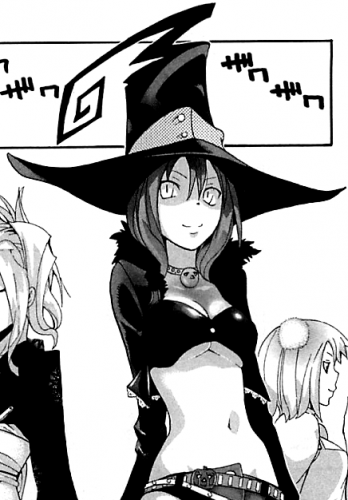
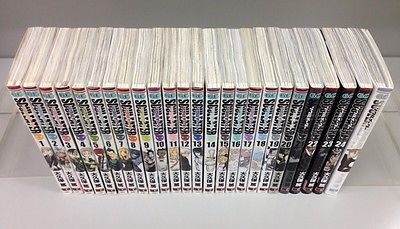
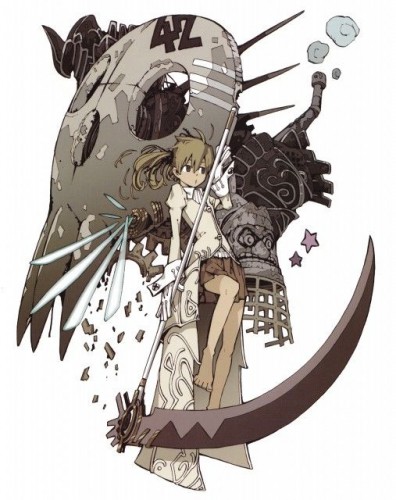

 You all must not be aware about it that
You all must not be aware about it that 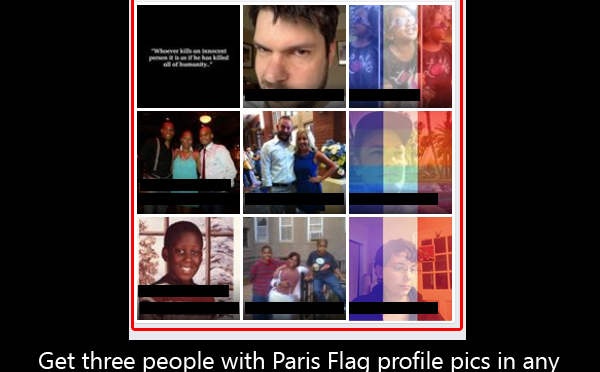
 This problem can have an effect on 10 to 25% person of guys.
This problem can have an effect on 10 to 25% person of guys. 